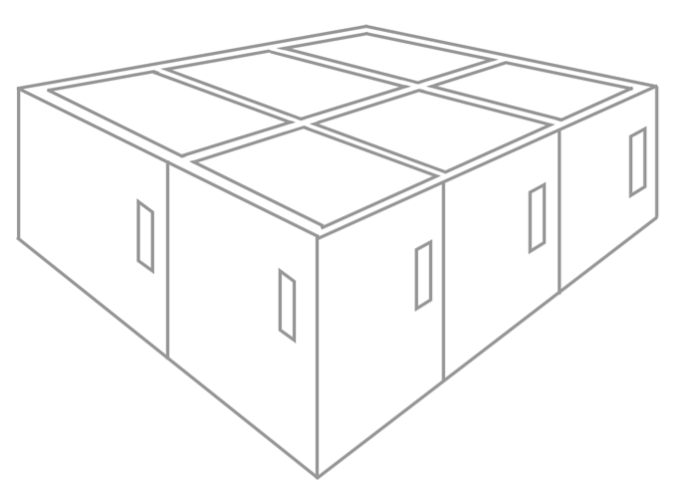Primary Themes
Social Responsibility: Encouraging park users to consider minimising their impact on the environment; to refrain from disposing rubbish in general bins on site & dispose of it appropriately at the centre and car park.
Heritage: The marrying of two specific subthemes: (A) the environmental practice of ‘Leaving no Trace’ [LNT, Center for Outdoor Ethics, 2020] and (B) the historical significance of the locality, one steeped in rich heritage where remains of the past have been found.
Education: How and why visitors should properly dispose of various types of materials in their appropriate locations.



















